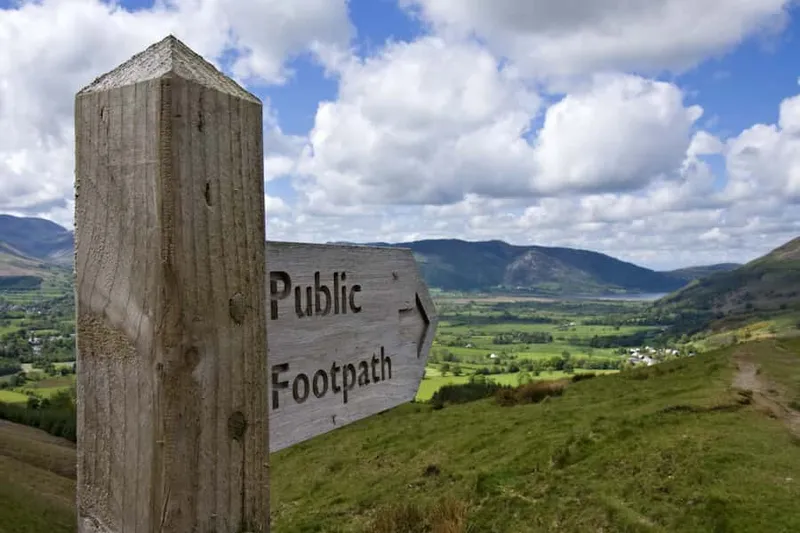Storytelling is fundamental to how humans make sense of the world. We see patterns, recognize familiar structures, and build narratives around experiences. In marketing, we use this to map customer journeys—understanding how people go from first discovering a product to adopting and advocating for it.
For developer marketing and DevRel, mapping this journey is critical. If we don’t understand how developers come to use our product, we can’t design effective outreach, onboarding, or support.
Why developer journeys are different
Customer journey mapping is a well-established practice in traditional marketing. But when your customers are developers, the process works differently.
Developers:
- Have a technical frame of reference. They assess products based on technical value, real-world performance, and fit with their existing stack—not just on high-level messaging.
- Engage with information differently. They rely heavily on documentation, community discussions, and peer recommendations rather than traditional sales and marketing materials.
- Test before they trust. Developers need to see a product in action, experiment with it, and validate its usefulness firsthand before committing.
- Operate on their own timelines. Unlike procurement teams working within structured buying cycles, developers often evaluate tools as immediate solutions to real problems rather than as part of a formal decision-making process.
This means developer adoption doesn’t follow a standard funnel. Instead, it looks more like an iterative process, where developers explore, test, and validate before integrating a tool into their workflows.
A traditional customer journey vs. the developer journey
In a traditional B2B buying process, a buyer moves through defined stages:
- Awareness: They realize they have a problem and learn that solutions exist.
- Consideration: They evaluate products based on cost, quality, and features.
- Decision: They purchase the best-fit solution.
- Retention: They continue using the product and may advocate for it.
For developer-targeted products, this journey is more nuanced because developers evaluate and adopt tools in a highly exploratory way. A more accurate mapping might look like this:
- Initial awareness: The developer becomes aware of the product’s existence, often through search, word of mouth, open-source contributions, or technical content.
- Deep awareness: They gain a clearer understanding of the product’s use cases, strengths, and weaknesses, often by reading documentation, blog posts, or community discussions.
- Evaluation and validation: They try it out—running tests, building proof-of-concept projects, or benchmarking against alternatives. This is a critical inflection point where ease of use, documentation quality, and initial experience heavily influence adoption.
- Commitment: The product is used in a real project, even if only experimentally. This stage often involves deeper integration, such as connecting the product to existing workflows.
- Standardization: If successful, the product becomes a default choice for similar problems within a team or organization.
- Community and advocacy: Developers engage beyond usage: contributing to discussions, providing feedback, advocating for the tool, or even writing plugins and extensions.
Applying the AAARRRP framework to developer adoption
Phil Leggetter’s AAARRRP framework expands on traditional journey mapping by adding critical stages that reflect the reality of developer adoption. The acronym stands for:
- Awareness: How do developers first hear about your product? (SEO, content, open source, events)
- Adoption: What convinces them to give it a try? (Docs, tutorials, hands-on demos)
- Activation: What’s the ‘aha’ moment that makes them want to keep using it? (Quickstarts, integration guides, frictionless onboarding)
- Retention: How do they keep engaging with your product? (Reliable performance, support, new features)
- Revenue: For commercial products, what drives conversion from free to paid users? (Clear value proposition, pricing model that scales with usage)
- Referral: What makes developers recommend your product? (Great developer experience, strong community)
- Product expansion How do they deepen usage? (Advanced features, ecosystem integrations, APIs)
This framework provides a structured way to nalyze where developers drop off and optimize touchpoints where you can support them better.
How to map and influence the developer journey
If developer adoption isn’t a linear funnel, how can you map and act on it effectively?
1. Identify key touchpoints
- Where do developers first hear about your product?
- What triggers them to explore further?
- What channels do they use to research and test new tools?
2. Understand inflection points
- Where do most developers drop off?
- What barriers prevent them from reaching deeper adoption?
- Is the biggest challenge awareness, onboarding, documentation quality, or something else?
3. Optimize the developer experience at each stage
- If awareness is low, focus on discoverability (SEO, developer-focused content, community presence).
- If evaluation is the bottleneck, improve onboarding (quickstarts, interactive demos, SDKs).
- If commitment is weak, reduce friction in integration (clear APIs, better error handling, troubleshooting resources).
4. Iterate based on developer behavior
- Use developer feedback, analytics, and qualitative research to refine your journey mapping over time.
What’s next?
Mapping the developer journey isn’t just about categorizing stages—it’s about identifying where real friction exists and designing strategies to remove it.
In a future guide, we’ll go deeper into how to measure developer engagement at each stage, what types of content and support are most effective, and how to apply developer journey mapping to improve product adoption.
By treating developer adoption as a process of exploration and validation—not a traditional funnel—you can build more effective DevRel and marketing strategies that meet developers where they are.

